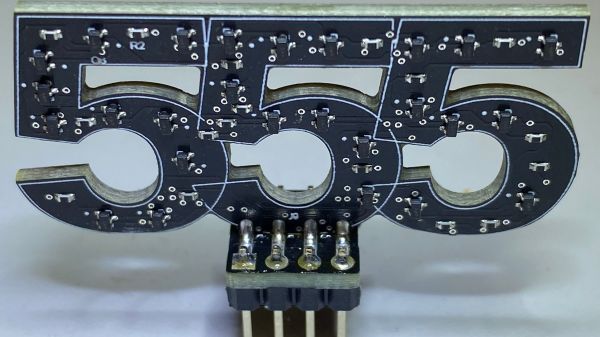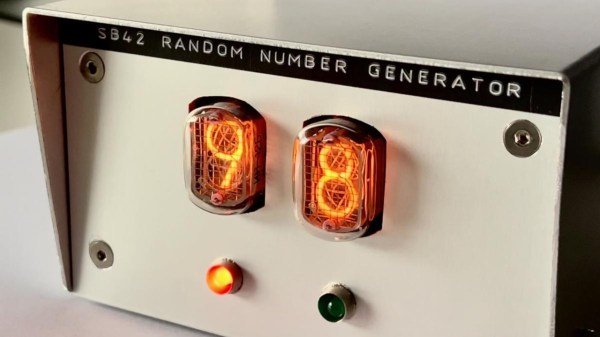To drive a MOSFET requires more than merely a logic level output, there’s a requirement to charge the device’s gate which necessitates a suitable buffer amplifier. A variety of different approaches can be taken, from a bunch of logic buffers in parallel to a specialised MOSFET driver, but [Mr. T’s Design Graveyard] is here with a surprising alternative. As it turns out, the ever-useful 555 timer chip does the job admirably.
It’s a simple enough circuit, the threshold pin is pulled high so the output goes high, and the PWM drive from an Arduino is hooked up to the reset pin. A bipolar 555 can dump a surprising amount of current, so it’s perfectly happy with a MOSFET. We’re warned that the CMOS variants don’t have this current feature, and he admits that the 555 takes a bit of current itself, but if you have the need and a 555 is in your parts bin, why not!
This will of course come as little surprise to anyone who played with robots back in the day, as a 555 or particularly the 556 dual version made a pretty good and very cheap driver for small motors. If you’ve ever wondered how these classic hips work, we recently featured an in-depth look.


















